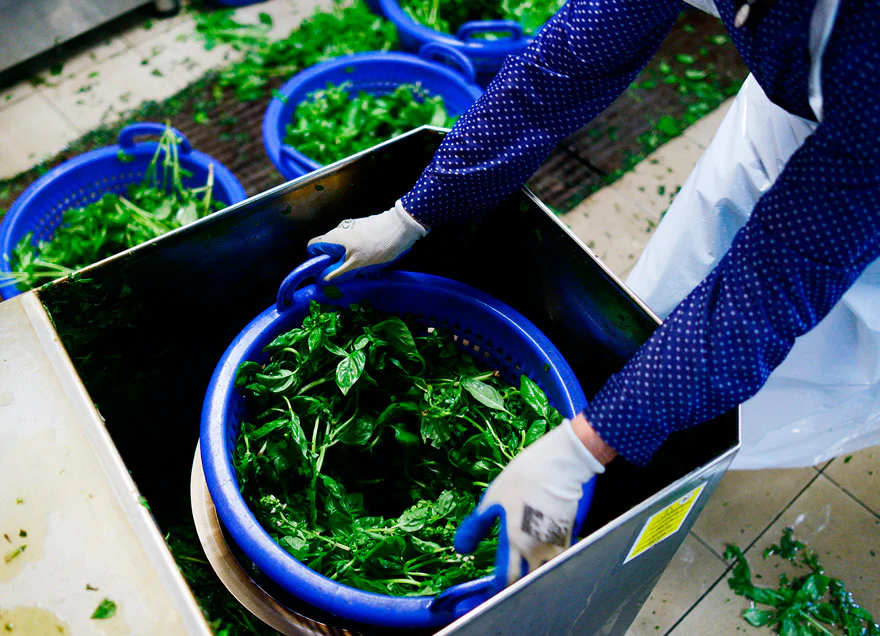Consumption of freeze-dried fruits and vegetables increases in Europe

Financial tips for exporting and importing
24 de April de 2024
American Capital Financial present at Expocomer 2024
8 de May de 2024Freeze drying is the dehydration process used to preserve foods and other products. It consists of freezing the material at a very low temperature and removing the water by sublimation. That is, going directly from the solid state to the gaseous state without going through the liquid state.
This method preserves foods and other products effectively, maintaining their original structure and properties, and prolonging their shelf life. It is commonly used in the pharmaceutical and food industries.

In Europe, fruits and vegetables in this state are very well received. The size of this market is estimated to reach 8.24 billion dollars in 2024 and in 2029 it will reach 11.30 billion dollars.
One of the factors that has most influenced this growth is the change in consumer lifestyles. These opt for products ready to eat and drink since they are synonymous with convenience and speed. People increasingly have a hectic routine in which saving time is their priority.
For example, smoothies are people’s favorites to use freeze-dried fruits and vegetables. They prepare them with yogurt, milk, or vegetable drinks at low temperatures to preserve the nutritional value of the ingredients. In addition, they are ready to eat in 10 minutes and can be taken on the way to work.
One of the main market trends is pushing food manufacturers to stop formulating artificial additives in food products. Multinationals in the sector have already announced to restrict their use and that marks a promising future for freeze-dried foods.
Strawberries, blueberries, raspberries, blackberries, and mangoes are some of the most requested fruits. In the vegetable category, peas, corn, mushrooms, eggplants, onions, and peppers top the list. Spain and the United Kingdom are the countries that consume the most of this type of product.




